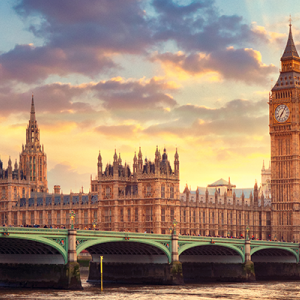Network Rail has published plans to cut government support for railways by least £1bn a year by March 2019 but warned this could be at the expense of some improvements.
Publishing its business plan for the five years from April 2014, the state-backed owner of Britain’s railways said ‘choices will need to be made’. There would have to be ‘trade offs’ between making the savings, improving the network and running trains on time.In particular, it would not improve train punctuality in the period but would maintain its 2014 target for 92.5% of trains to run on time.
The business plan sets out how the company will implement the government’s requirements for the five-year period, known as ‘Control Period 5’. Last July, ministers revealed plans for a total of £9.4bn of improvements to the network.
Network Rail today estimated that implementing all the government’s requests, which include maintenance as well as enhancements, would cost £37.5bn.Under the business plan, the costs of operating the railways will fall by 18%, with annual taxpayer subsidy falling to between £2.6bn and £2.9bn by March 2019. This is down from £3.9bn in 2011/12, and £6.3bn at its peak in 2006/07.
The plan will provide an extra 170,000 commuter seats at peak times by 2019, Network Rail chief executive David Higgins said today.
He added: ‘One million more trains run every year than ten years ago, more passengers arrive on time than ever before, our safety record is one of the best in Europe and, despite the daily challenges we face, customer satisfaction is at record levels. Successive governments have made this possible by looking beyond the short term and recognising the critical importance of the railway to Britain's future.
‘As our railway gets busier, the challenges get bigger and more complex. We have entered an era of trade-offs. Increasingly we have to balance the need to build more infrastructure, run trains on time and cut costs, and in many areas choices will need to be made.’
The Office of Rail Regulation, which has to approve Network Rail’s spending total and savings, said that it would seek to ensure that cost reductions benefited customers and taxpayers.
ORR chief executive Richard Price added: ‘Ministers have shown huge faith in what the railways can add to Britain’s society and economy, committing to around £20bn worth of public money at a time when there is little money to go around. Key to maintaining rail’s success will be openly justifying this significant commitment of public money.
‘Taxpayers significantly fund the railways, and have every right to see where this money is being spent.’
Responding to the business plan, rail minister Simon Burns said the government was providing the investment needed for the biggest modernisation of the railways since the Victorian era.
He added: ‘Across the country this investment will mean faster journeys, more seats, better access to stations, greater freight links and a truly world-class rail network.’




















